Whether it’s unexpected discoveries or answers to questions we didn’t know were being asked, science news is always breaking. Here’s a selection of some of our favourite stories from the fields of health, space, medicine and technology that made headlines this year.
How to have an optimal day, according to research published this year
Set your bedroom temperature right
The importance of sleep was made clear by a number of studies this year. Getting a good amount of deep sleep is crucial to almost every aspect of our lives, so how can we get more of it? In August, a study by scientists at Harvard Medical School, in the US, found that sleep is most efficient and restful for older adults at temperatures between 15–25°C (60–77°F).
Enjoy a snooze to boost your brain
If you’re enjoying a deep sleep when your alarm rings, there’s no need to stop – according to a study published in October. They found that people who hit the snooze button and had an extra 30 minutes in the land of nod were more likely to perform better in cognitive tests immediately after waking than those who got up straight away. Turns out if you snooze, you don’t lose.
Brush your teeth – and book your next trip to the dentist
If you’re not doing this already, then a study published in September might change your mind. Published in the Journal of the National Cancer Institute, the study found that people who visit the dentist regularly, and who have more of their natural teeth before receiving a diagnosis of either head or neck cancer, were more likely to survive the disease.
Forget 10,000 steps... walking just 4,000 a day could be enough
If you fall short of your daily walking targets, cardiology research published in August might put a spring in your step. The research revealed that health benefits start when you take as few as 3,867 daily steps – including reducing your risk of death.
Keep good news to yourself
You might be able to make a good day even better – if you don’t tell anyone about it. Contrary to popular belief, keeping secrets may not be a bad thing (as long as they’re the right sort).
In November, a study found that keeping good news a secret actually boosts your energy levels – especially if you do eventually intend to spill the beans. Delaying by hours, days or even weeks could help prolong the joy involved in sharing your good news.
The weirdest news of 2023
Scientists unlocked creative minds with annoying questioning
Friends fans, do you remember the episode where Phoebe helps the gang make decisions by asking quick-fire questions? Well, neuroscientists did the same this year with test participants to understand what makes the creative brain tick. Your better ideas, they suggest, may be the ones you think of faster.
Snakes were discovered cartwheeling
Researchers identified a species of snake with an unusual gymnastic ability: it can do cartwheels. The dwarf reed snake was observed coiling itself into an S-shaped loop before using its tail to push off the ground and cartwheel 1.5m (4.9ft) in under five seconds. It’s thought the behaviour is a bid to startle predators (and any scientists watching it).
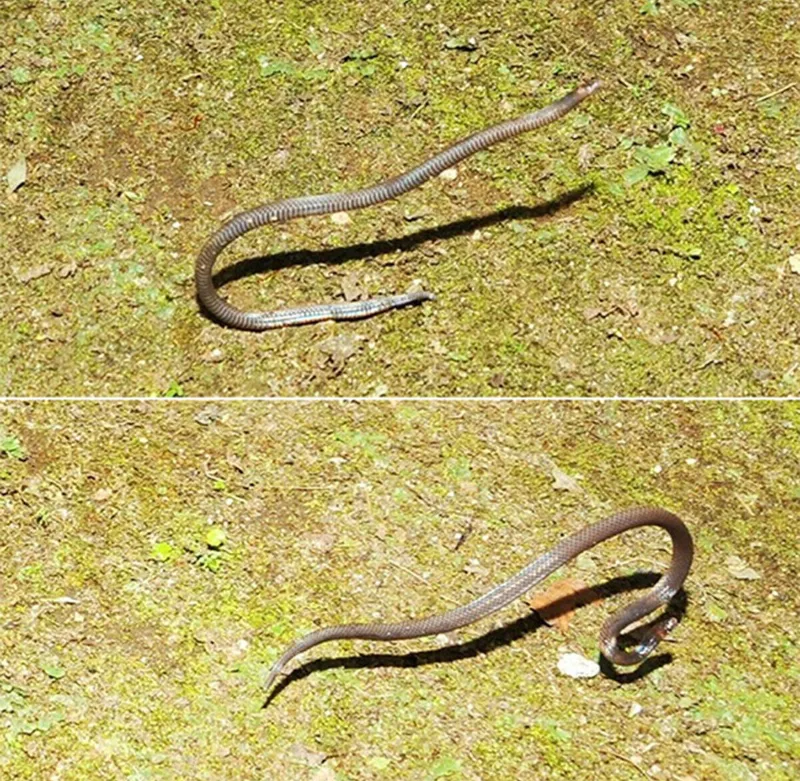
Scientists create the ultimate swearword
Parents and prudes were thrilled when mathematician Sophie Maclean wrote an algorithm that produced the ‘ultimate swearword’, albeit one without any lewd connotations. The acceptable expletive? ‘Banger’, or ‘ber’ for short.
T. Rex found to have lips
Contrary to the teeth-baring portraits of the dinosaurs we’ve grown used to, a study published in Science showed that Tyrannosaurus rex probably had juicy (but scaly) lips. These smackers would have protected their giant gnashers from wear and tear.
This year's medical breakthroughs
New tech 'broke into' a brain
A breakthrough method that uses ultrasound and bubbles to ‘trojan horse’ drugs across the blood- brain-barrier spells good news for potential Alzheimer’s treatments. “It opens up this door of basically unlimited options,” Dr Sophie Morse, the study’s lead author told BBC Science Focus in September.
Unborn babies were found to inherit ‘greedy gene’ from their father
Scientists from the University of Cambridge discovered that fetuses use a gene (IGF2) inherited from their fathers to force their mothers to release more nutrients during pregnancy. It was the first evidence that a dad’s gene, nicknamed the ‘greedy gene’, allows his unborn child to send these demanding signals.
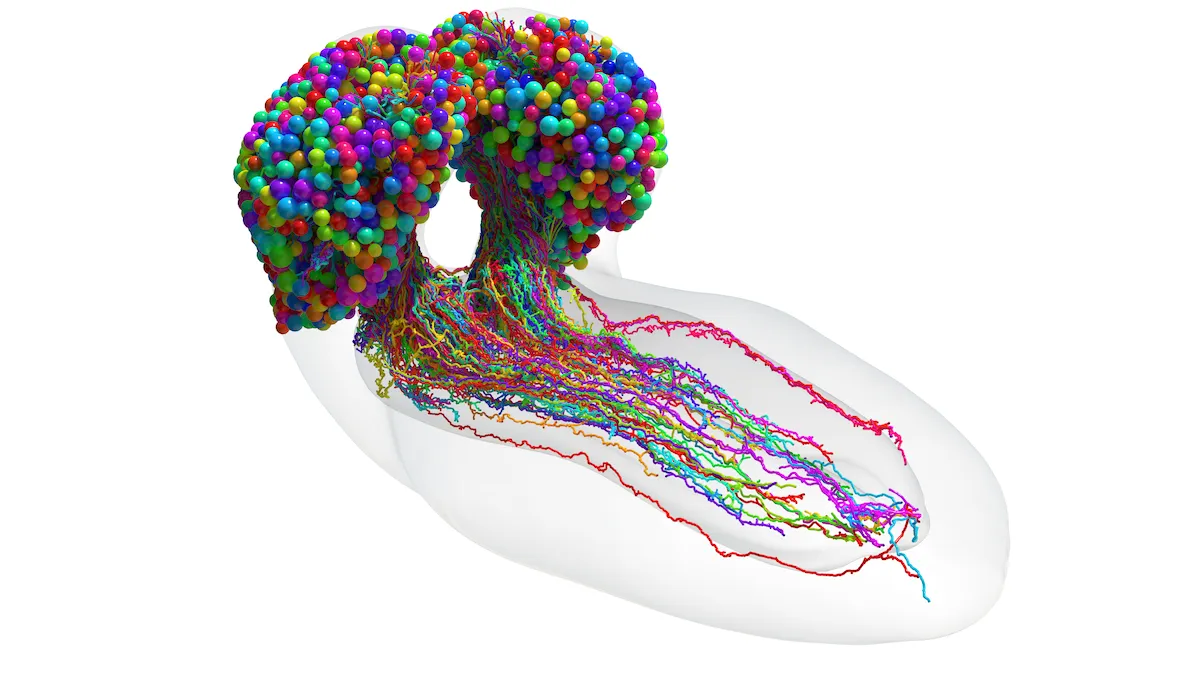
The mind was mapped like never before
2023 was a big year for neural cartography. In March, researchers at the University of Cambridge pieced together the links between every single neuron in the brain of a fruit fly larva. Meanwhile, scientists at the Allen Institute for Brain Science, in the US, were beginning to map the 3,000-plus cell types that make up the human brain, with the first blueprint published in October.
Faecal transplants began in the UK
This year, the first faecal transplant clinical trials began in the UK as the first trials in the US came to a close. In November, the US trials found that the transplants rid patients of drug-resistant superbugs. Meanwhile, the UK trials are using a tablet (nicknamed a ‘crapsule’) to deliver the transplants to volunteers with liver disease.
Anti-ageing technology made several big leaps
A breakthrough study by scientists at the Duke University School of Medicine, in the US, identified the human body’s natural mechanism for reversing biological ageing. The research showed that biological age is more flexible than chronological age, and can be reduced – as long as we give our bodies a chance to recover from stressful events.
Later in the year, a group of studies published in Nature suggested that transfusions of a young person’s blood, and injections of an age-defying hormone, could help to rejuvenate ageing brains.

2023 in tech and physics
ChatGPT-4 changed AI forever
While ChatGPT was still enthralling first-time users, its creators, OpenAI, unveiled a major upgrade to the chatbot this year. Called GPT-4, the upgraded version allows users to input image prompts (not just text) and, apparently, is less likely to invent facts. The new model is currently only available to paid subscribers, while ChatGPT remains open to the public.
A machine was made that can reader your mind
A machine that reads your thoughts became more science fact than science fiction, thanks to neurotechnologists at the University of Texas at Austin, USA. The decoder is the first wireless and non-invasive machine to do this, using functional magnetic resonance imaging (fMRI) to measure the changes in blood flow around your brain – translating ideas into continuous, natural language.
Computers became architects
June saw the announcement of yet another AI project: Neuralangelo, a piece of software capable of generating lifelike virtual replicas of intricate 3D models, such as buildings and sculptures. Eventually, it could enable developers to import detailed objects into virtual environments like video games.
A key theory of gravity became reality
Fifteen years of theories and painstaking observations culminated in the discovery
of the first evidence of low-frequency gravitational waves rippling through the Universe. The discovery could answer some of our biggest questions about how the Universe was born.
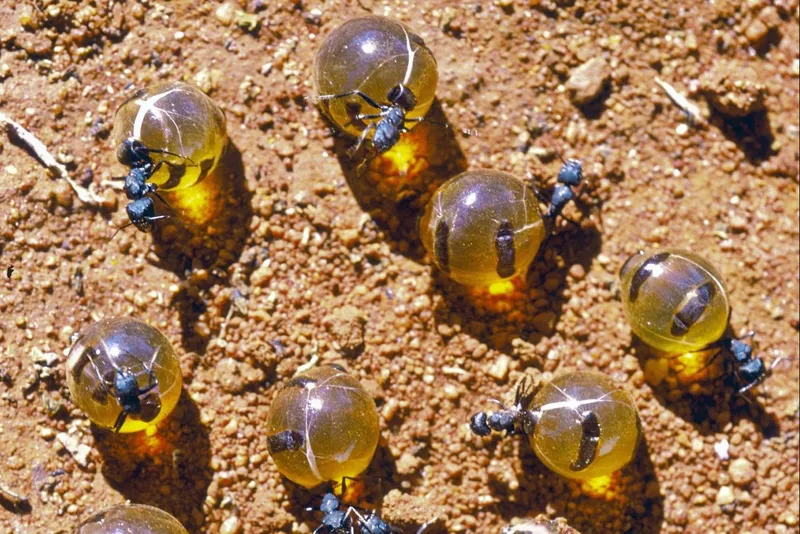
2023 in space exploration: Timeline
April was packed with space news this year, thanks to various celestial alignments that boosted the trajectories of launches. But the other 11 months of 2023 were also filled with fascinating discoveries, dramatic explosions and strange sightings...
- 5 January: The James Webb Space Telescope catches sight of some of the oldest barred galaxies ever discovered. Two of the six date back to when the Universe was 3.4 billion years old, a quarter of its current age.
- 12 January: A black hole is spotted twisting a star into a doughnut and ‘eating’ it.
- 3 April: NASA introduces the next crew to go the Moon. The crew of Artemis II, the first crewed mission to orbit the Moon in 52 years, is named. It includes Victor Glover (the first person of colour to go to the Moon), Reid Wiseman, Christina Koch (the first woman to go to the Moon) and Jeremy Hansen.
- 14 April: ESA launches the Jupiter Icy Moons Explorer (JUICE) mission. Described as a “perfect launch”, JUICE was sent to search the gas giant and three of its moons for evidence of life. Five months after JUICE’s launch, the JWST detected carbon in the salty liquid ocean on Europa, confirming the moon as the most promising host for alien life.
- 20 April: SpaceX’s Starship explodes in a fireball shortly after lift off. After an attempted launch on 17 April, the SpaceX Starship lifted off on 20 April, only to explode minutes later when its first and second stages failed to separate.
- 2 June: ESA celebrates the 20th birthday of its Mars Express camera with live footage of the Red Planet.
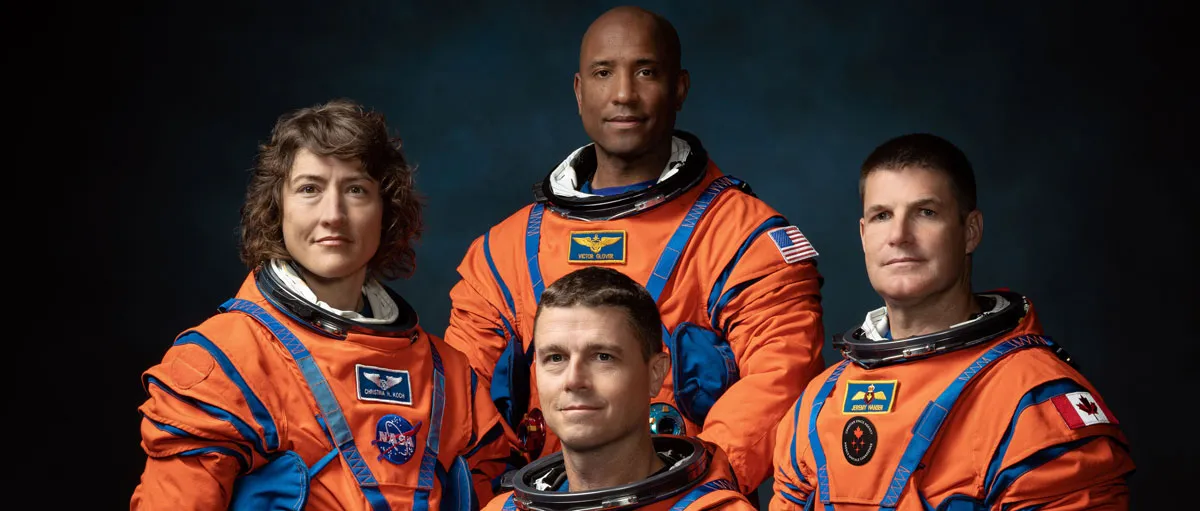
- 1 July: Euclid launches to map the dark Universe and further our understanding of dark energy and dark matter.
- 19 July: Scientists at Caltech reveal their discovery of a two-faced star: a white dwarf made of hydrogen on one side and helium on the other. The hydrogen side appears brighter, while the darker, helium side bubbles and spits away behind it.
- 25 July: Scientists witness the start of giant planets being born: a new image from the European Southern Observatory shows clumps of dusty material orbiting a young star and assembling into spiral ‘arms’ bigger than our Solar System. If these collapse, they could form planets the size of Jupiter.
- 1 August: Euclid sends its first test images back.
- 23 August: India becomes the first nation to achieve a soft landing at the lunar south pole – just days after Russia’s failed attempt. But in September, the Indian Space Research Organisation announced it had lost communication with its Vikram lander.
- 24 September: NASA’s OSIRIS-REx returns a sample from the asteroid Bennu.
- 13 October: Psyche mission launches. Scheduled to arrive at the asteroid that shares its name in 2029, the probe will study the metal-rich rock.
- 7 November: Euclid sends back its first colour images.
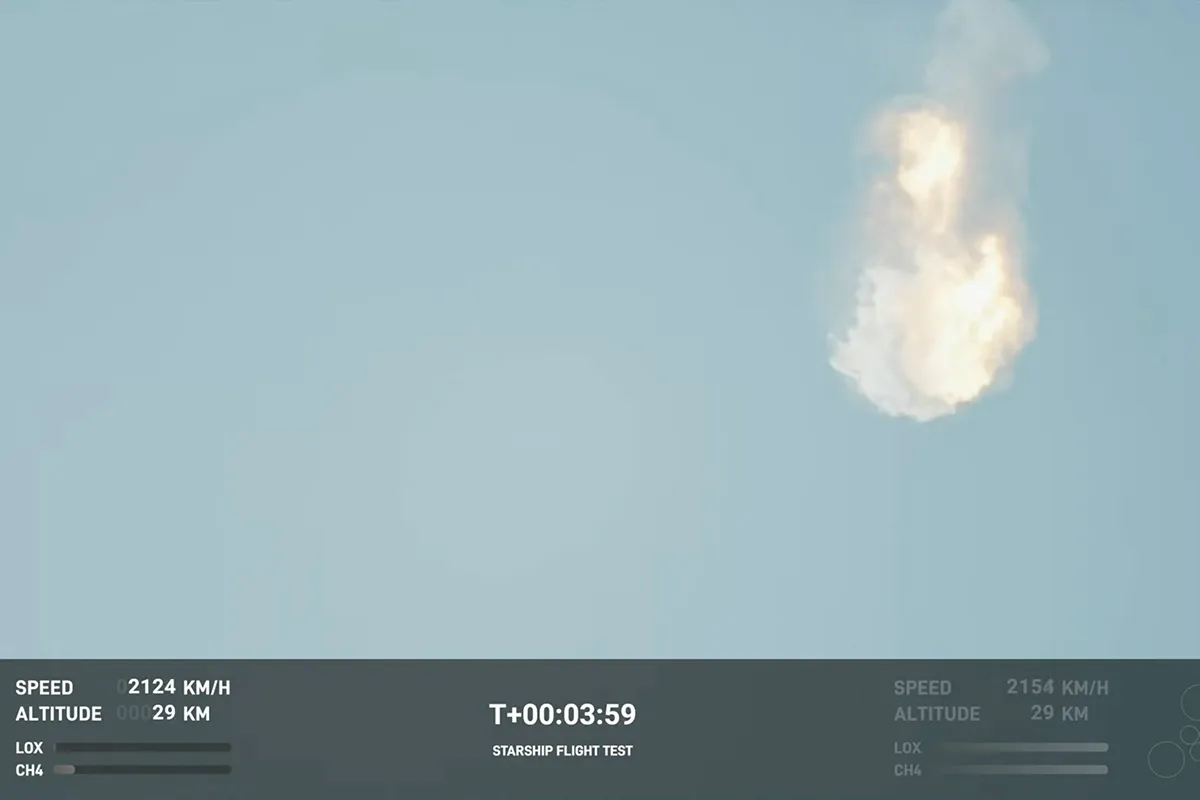
Science news that made us feel good about the world this year
May: Scientists unveiled a secret weapon in the fight against ecosystem loss this year – which Indigenous people created thousands of years ago. Called ‘dark earth’, the incredibly fertile soil created by deposits such as charcoal from cooking fires left by Amerindian people in Brazil, could help us grow more climate-resilient forests faster.
July: Australian researchers published a paper outlining a potential use for honey from the bizarre honeypot ant: creating powerful antibiotics. In doing so, they acknowledged the thousands-of-years-old medicinal use of the ant by Australia’s Indigenous people.
August: After 25 years of research, a woman born without a womb became the first in the UK to have a successful womb transplant. The donated organ came from her sister. The patient hopes to have an embryo transfer procedure, after which she may be able to carry her own baby and give birth.
Read more: